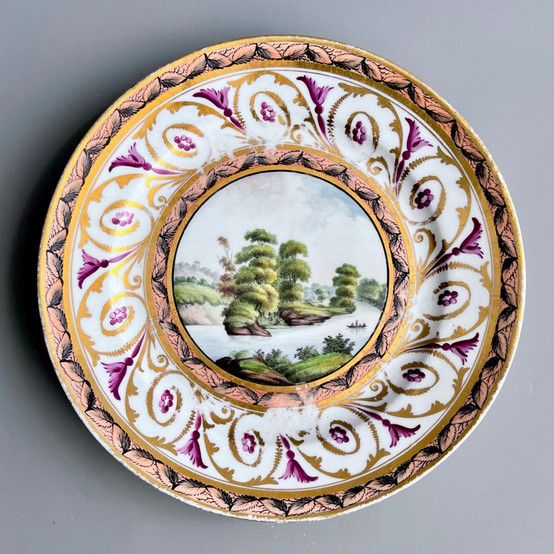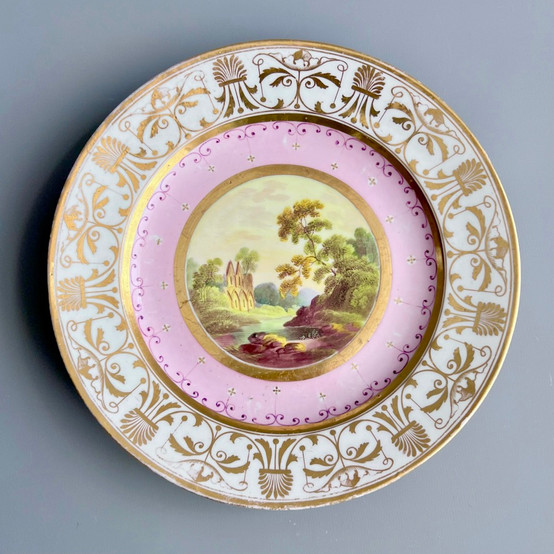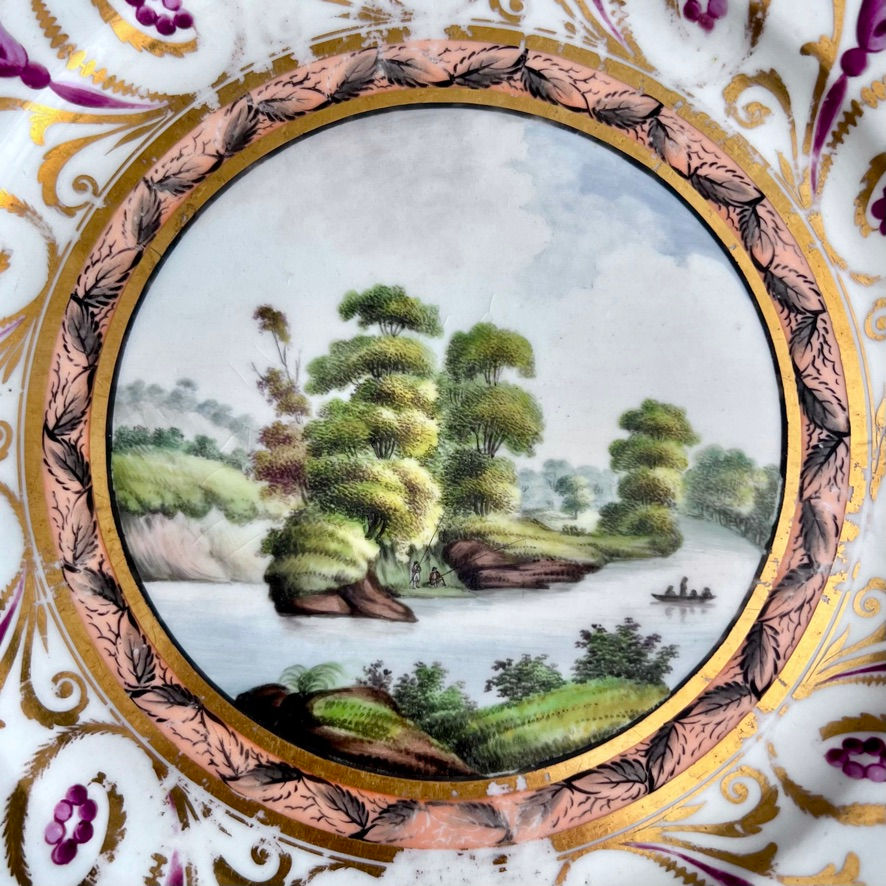Search
Coalport and Baxter
- willa
- Jun 28, 2024
- 3 min read
In the late 18th and early 19th Century, the Neoclassical style became very popular. After the Baroque and Rococo eras with their extremely flamboyant and elaborate designs, the discovery of the Greek, Roman and Etruscan treasures in Southern Europe sparked a new fashion that was much more restrained and aesthetically simple. What also played a role is that there were revolutions going around the world, with people violently overthrowing the wealthy status quo - so those who were wealthy didn't want to show off too much.
Suddenly, less was more and the clean lines and serious approach of the ancients greatly inspired European design. This was the birth of the Neoclassical movement. Every family of means would send their young men out travelling for between one and four years on what was called the Grand Tour, visiting various ancient places and cities and learning about the Greeks and Romans. Often these young lads would return home with suitcases full of artefacts, or have learned to paint in the traditional style. Architecture changed, and so did porcelain design.
John Rose at Coalport embraced this style as it was tremendously popular among the wealthy clients. But as this factory was still in its early phase, and the economy was bad during the Napoleonic wars, it was too expensive to hire a team of decorators. The clever John Rose would wait for good orders to come in and then send them to a London decorators shop to get them done.
One of these decorating establishments was that of Thomas Baxter (1782-1821). Baxter was a famous porcelain painter; the son of a porcelain painting family, he had learned the basics from his father, who ran a studio in London. He later ran his own studio and art school, becoming a well-known teacher of porcelain painting, and he was employed at various times by the Worcester and Swansea potteries, where he painted many top pieces. He also became very well-known for a beautiful dinner service he painted for Lord Nelson, who became his patron and commissioned many pieces from him. Unfortunately Baxter died young in 1821 at the age of 39, but he left behind an impressive output of wonderful pieces, as well as many pieces painted by others under his guidance.
This week I have four Coalport / John Rose plates that are most probably from the Baxter studio. I recently sold a couple, and, just like the London buses... one moment you have none, the next they all come at the same time. Each plate is completely different, but what they have in common is the beautiful Neoclassical style - even though some include very English landscapes with rivers and greenery. The colours are very Baxter-like, with muted salmon and puce, one of them painted in monochrome, and very gracious gilding. These plates are made of very early Coalport porcelain that is still quite rough with blemishes in the porcelain; John Rose didn't perfect his recipes until after about 1810 so many of these early pieces are potted a bit messy, which I always think makes them very charming. What's not to love about these gorgeous and entirely different plates?
Where to find things
You can find all my plates here, and all my available stock can be found here. If you always want to see the latest additions, follow me on Instagram... I post pictures and a story several times a week.
Happy weekend, and enjoy some simplicity! 🏛🏺
This week's treasures:


































































コメント